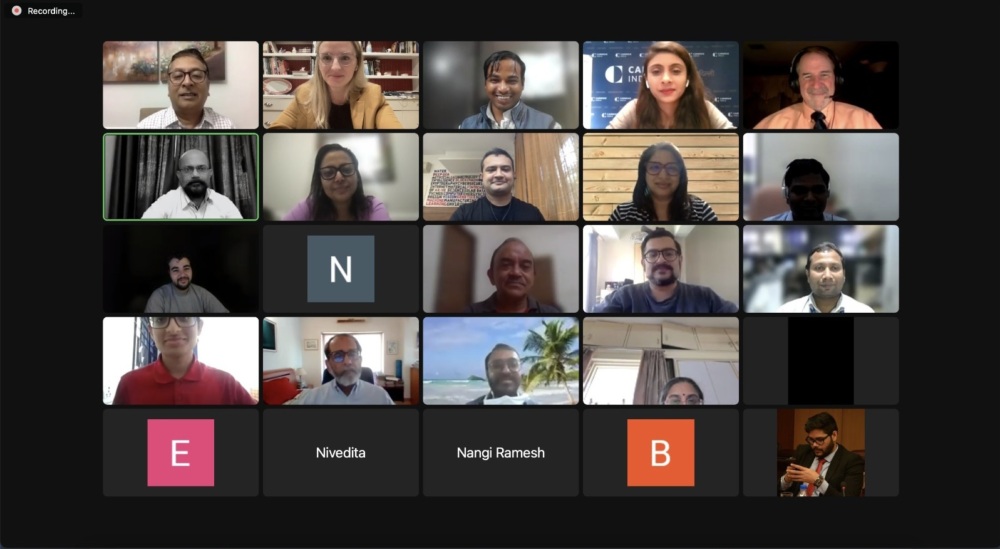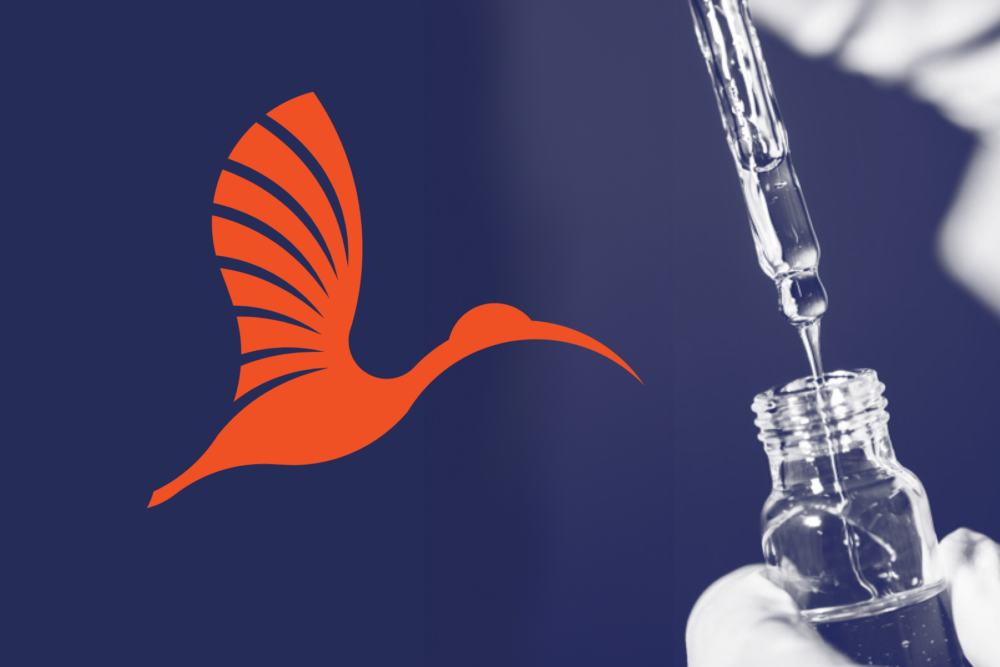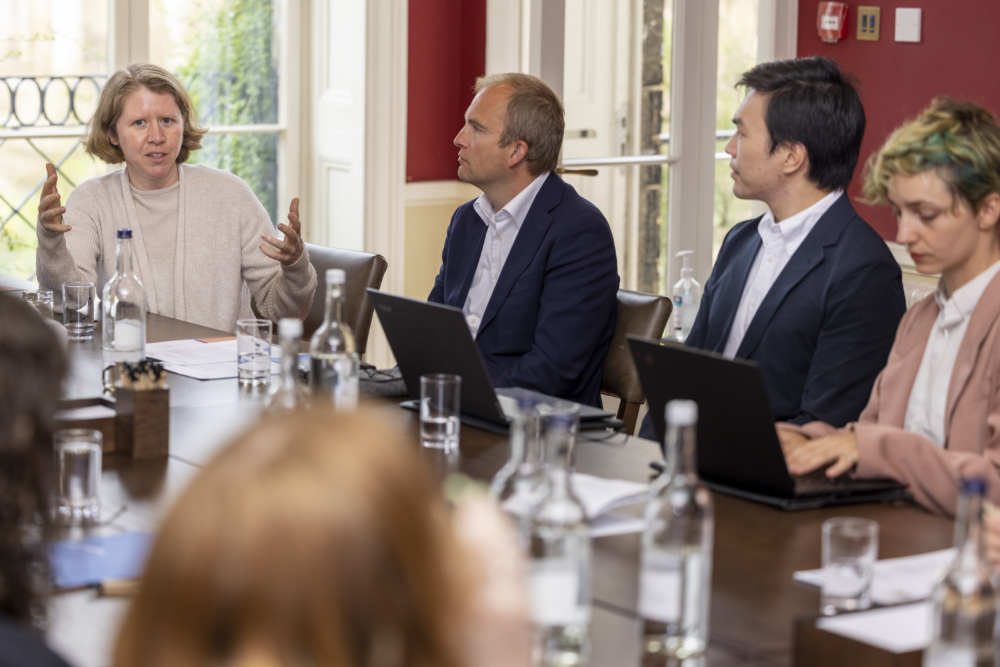
Philipp C. Bleek
The James Martin Center for Nonproliferation Studies
The most extensive non-state biological weapons program unearthed to date was organized in the 1990s by the Japanese Aum Shinrikyo cult. Together with the 2001 letters, containing b. anthracis mailed to the media and U.S. Congress, it is one of only two known non-state efforts to try to manufacture and disseminate aerosolized biological weapons or b. anthracis.
In this issue brief, Philipp Bleek analyzes Aum Shinrikyo's biological weapons efforts and uses the cult's failed attempts as a tool to assess the threat of bioterrorism and possible preventative measures.
He concludes that the cult was not dissuaded by repeated failures, and it was emboldened at the lack of consequences for its earlier actions. He suggests that where there is smoke there may be fire, in other words, failed attacks may be harbingers of future, and potentially more successful, ones. The pattern of trial, error, and potential later success also provides support for a “broken windows” theory of counterterrorism: responding robustly to more modest initial transgressions may make subsequent greater transgressions less likely.
Read the issue brief.
Sign up for our newsletter to get the latest on nuclear and biological threats.
NTI | bio’s Dr. Aparupa Sengupta joined a groundbreaking discussion on the nexus of cyber- and bio-security.
IBBIS, an independent organization to be headquartered in Geneva, provides tools that will allow technological innovation to flourish, safely and responsibly.
NTI | bio convened the annual Biosecurity Innovation and Risk Reduction Initiative (BIRRI) meeting from May 31 to June 2 at Downing College in Cambridge, United Kingdom.


